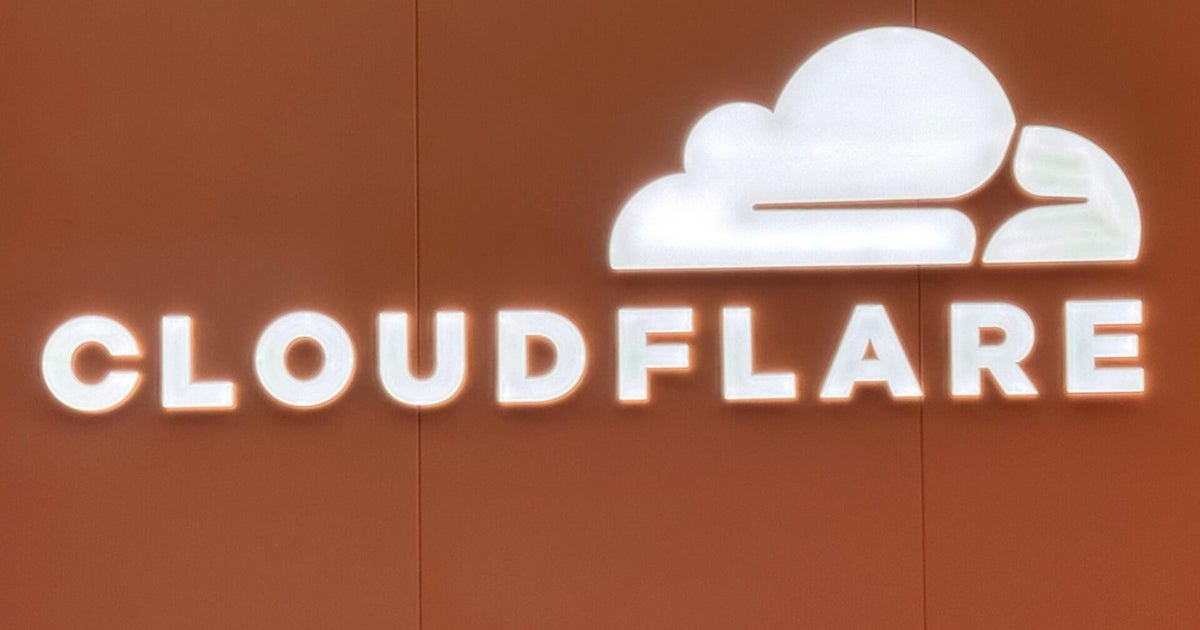PR Newswire
Thu, Jul 3, 2025, 7:30 PM 5 min read
, /PRNewswire/ -- On June 28, Tencent Cloud released a newsletter titled Data + AI: Build NextGen Data Intelligence Platform featuring Gartner® research, analyzing the pain points enterprises face in the era of generative AI. It also provides a comprehensive overview of Tencent Cloud's Data + AI product matrix which offers integrated solutions to help enterprises tackle these challenges.
The newsletter points out that in the AI era, the focus of corporate competition is shifting from "model competition" to "competition for high-value data assets" as data quality has often become the core bottleneck in AI development. Enterprises urgently need to build systematic data engineering capabilities to unlock the potential of AI through continuous data iteration and optimization, rather than frequent model adjustments.
The newsletter also cites how traditional data platforms face significant challenges in meeting the demands of generative AI. The challenges include large amounts of unstructured data lying dormant, disconnections between data and AI development leading to long deployment cycles, batch processing struggling to deliver real-time responses, inconsistent data standards across departments causing governance challenges and compliance risks, and business personnel highly dependent on IT for data access, resulting in slow responses.
Gartner research shows that organizations deploying retrieval-augmented generation (RAG) pipelines for their generative AI applications need access to unstructured data, which constitutes 70% to 90% of the data in organizations today[1]. By 2027, the IT spending focused on multistructured data management will account for 40% of total IT spending on data management technologies and services.[2]
To address these challenges, the newsletter proposes that enterprises need to build a Data + AI integrated platform. The key capabilities of such a platform include the composability of data and AI technologies, end-to-end lifecycle development from data to AI and business integration, processing and enhancement of multimodal data, and unified metadata-driven governance and compliance.
Among them, the composability of data and AI technologies has become a core capability. LLMs undergo generational upgrades every 3 to 5 months, and technologies such as vector search and lakehouse architectures are advancing rapidly. In this context, enterprises need to build a "pluggable" architecture.
Meanwhile, the end-to-end lifecycle from Data to AI management has become a standard practice, involving data processing, model construction, and business integration. For example, in the financial industry, real-time data pipelines are used to integrate multi-source data, enabling rapid iteration of risk models and reducing the compliance response time from months to hours.









 English (US) ·
English (US) ·